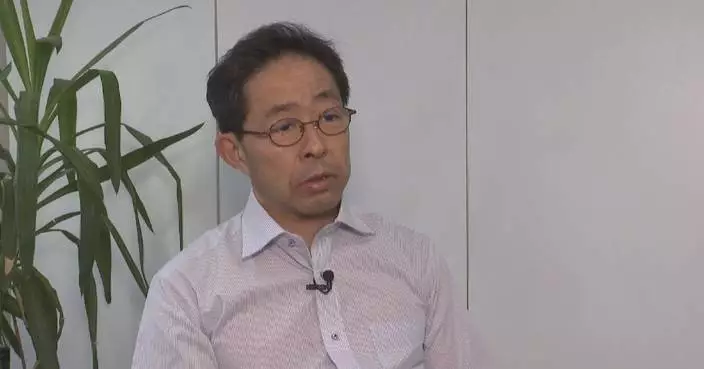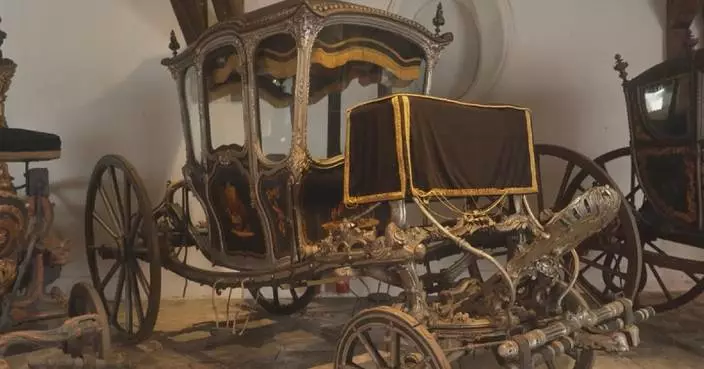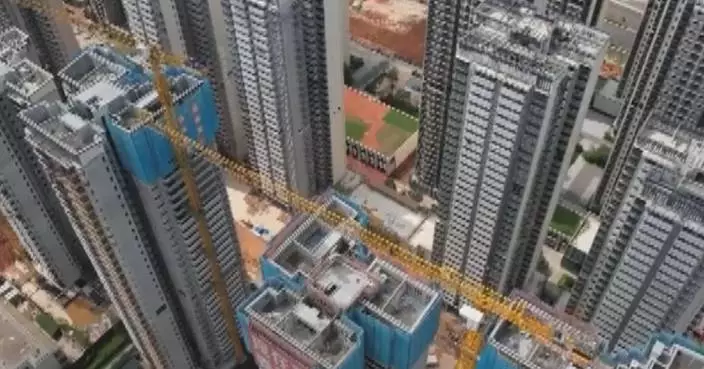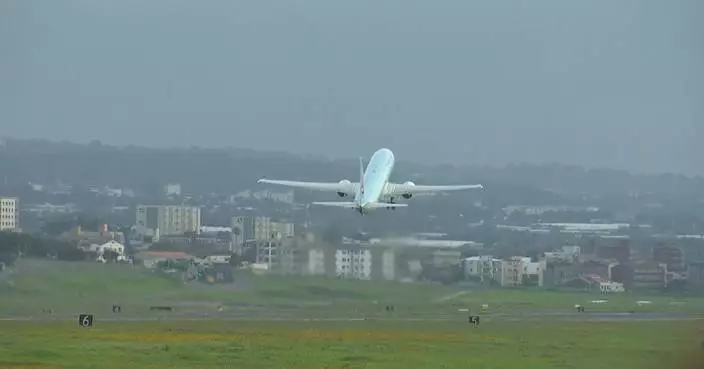Following the successful launch of China's Chang'e-6 lunar probe on Friday, aimed at exploring the far side of the moon, the relay satellites in orbit have commenced their communication services to facilitate data transmission between the Chang'e-4 and Chang'e-6 spacecraft and the Earth.
This is China's second mission to the Moon's far side, after Chang'e-4, the first to visit the Moon’s far side in 2019.
Compared with flying to the relatively flat near side of the moon to sample, it is much more difficult for Chang'e-6 to go to the far side of the moon. The communications is the first and foremost problem that needs to be solved.
China launched the relay satellite Queqiao-2, or magpie bridge-2 in March 20, which has completed the communication test with the moon's far side-based Chang'e-4 and the ground-based Chang'e-6 at that time.
For the Chang'e-6's landing on the far side of the moon, Queqiao-2 played a vital role.
"The main difficulty in landing on the moon's far side is that the terrain on the far side is actually more rugged. So we need to do a terrain identification to choose a better area for it to land on the moon. It needs the support of a relay satellite on the far side, so we designed the entire communication system. With the support of relay satellite Queqiao-2, we will then implement our sampling and packing mission on the far side of the moon," said Lu Yuntong, an engineer of China Aerospace Science and Technology Corporation.
Queqiao-2 is now in a large elliptical orbit around the moon, which can ensure better data transmission efficiency and long-term effective communication with the probe on the far side of the moon.
In order to make communication smoother, engineers also installed a special antenna on Chang'e-6.
"The position of Queqiao-2 relative to our lander is actually changing all the time, unlike the lander on the near side where it was facing the Earth. So in order to adapt to such a wide range of pointing requirements for relay satellites, we added a directional antenna on Chang'e-6. At the same time, our two directional antennas are designed with autonomous tracking functions, which can be well aligned with our relay satellites at all times and better adapt to the communication conditions on the far side of the moon," said Lu.
Meanwhile on the ground, engineers of the Tianlian relay satellites system continued to work to ensure that the probe to reach its destination smoothly.
Two relay satellites in the Tianlian system will also offer communication services for part of Chang'e-6 mission, except for the missions of spacecraft's entering the elliptical orbit around the Moon, probe's landing on the far side of the moon and the lander's ascending, which are supported by the Queqiao-2.
The system can take advantage of its capability in tracking for a long time, wide coverage, and high transmission rate to continuously and stably connect with the ground control center forming a two-way data transmission link, transmitting back spacecraft's telemetering data in real time, and ensuring that Chang'e-6 probe safely arrives at its destination.
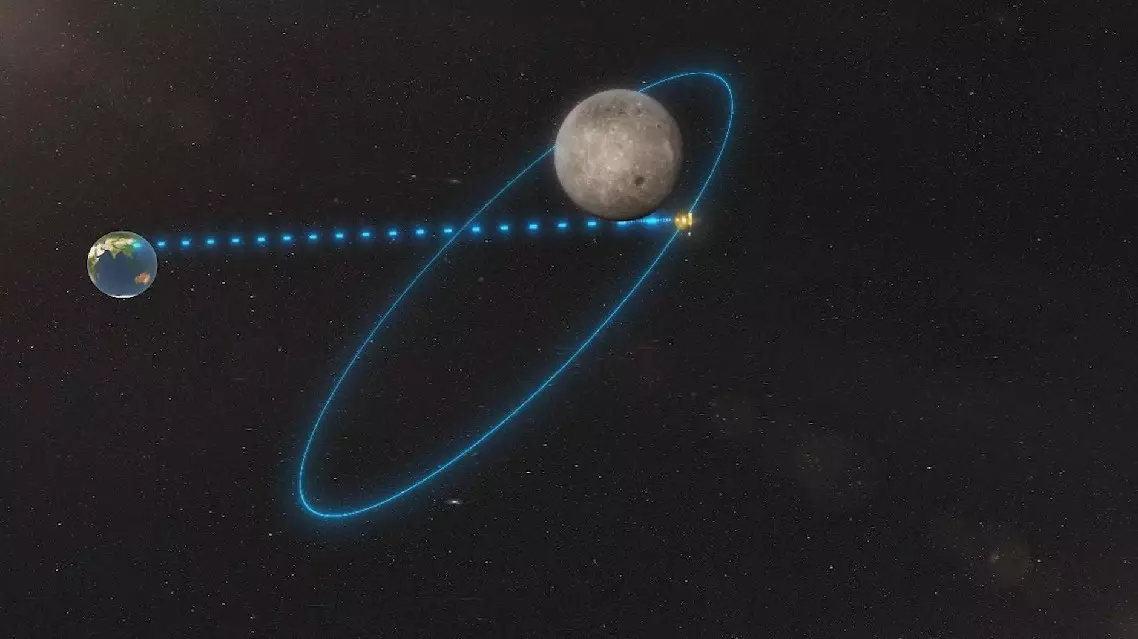
Relay satellites ensure seamless Earth-Moon communications for Chang'e-6 mission

Relay satellites ensure seamless Earth-Moon communications for Chang'e-6 mission




